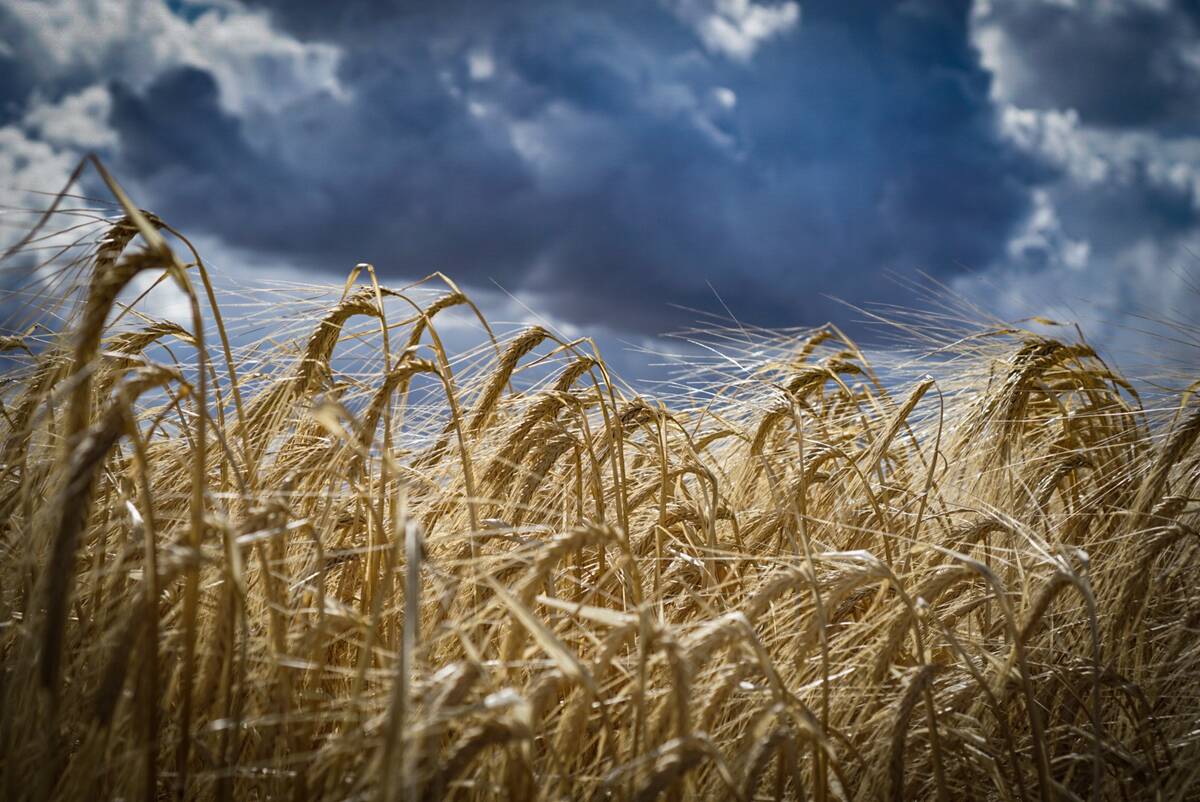The Saskatchewan government should stop supporting elk farming until comprehensive studies of the industry are undertaken, says a university researcher.
Graduate student Dion Curry made the recommendation after conducting an analysis of the government’s policy toward game farming.
He told a Centre for Studies in Agriculture, Law and the Environment seminar at the University of Saskatchewan May 14 there is strong evidence from Wyoming and Yukon studies that the elk industry is neither economically nor environmentally viable.
“There is no guarantee it will be profitable after the initial boom,” Curry said.
Read Also

Malting barley exporters target Mexican market
Canada’s barley sector is setting its sights on the Mexican market to help mop up some of the lost demand from China
But Ron Friesen, a white-tailed deer farmer from Warman, Sask., said game farmers are no different than any other business in its early stages.
“All startups have problems,” he said. “Anyone in business knows that fluctuations are part of business.”
Curry argued that too many problems too early in an industry’s development are not a good sign. He said studies could examine the fluctuations further and assess the industry’s future prospects.
He told the crowd that while opportunities to make money selling elk breeding stock once existed for those who first got into the business, the elk velvet markets are erratic.
Elk meat is a niche market in its infancy that lacks slaughter house facilities in Saskatchewan, he added.
While returns from hunt farms can reach into the thousands of dollar for each animal killed, Curry questioned whether that was enough on which to build an industry.
He called for a moratorium on new elk farms and said those already in place need more support.
The Saskatchewan government promoted the industry initially and has a responsibility to those who were hurt by the outbreak of diseases like bovine tuberculosis and chronic wasting disease, Curry said.
“The intention of the government was good, but the plan was hastily designed and poorly implemented. If the proper steps were taken, this might have been avoided.”
Lawyer Gary Meschishnick, who presented a comparison of game farming law on the Prairies and northern United States, found little difference between jurisdictions in regulations like ear tagging and reporting escaped animals.
He stressed the importance of environmental assessment in light of CWD concerns, noting it’s important to consider both opportunities and risks to other businesses.
Taking precautions to prevent the spread of disease through measures like double fencing shouldn’t be dismissed just because there is no scientific proof that they are effective.
“I cannot accept that it is responsible government to say ‘we don’t know so let’s do nothing’, ” he said.
Sherri Dobson, provincial livestock specialist with Saskatchewan Agriculture, said the province has a strong record in monitoring, managing and containing disease outbreaks in elk.
She also argued that today’s economics bode well for the industry’s future.
“If you pencilled out economics based on today’s breeding stock prices, you’d have an extremely viable industry.”
She said all Saskatchewan elk velvet available for sale in the last year was sold into Asian markets.
“By having one market close to us (South Korea), it actually increased other markets and became an opportunity just as much as it has been a hardship.”














